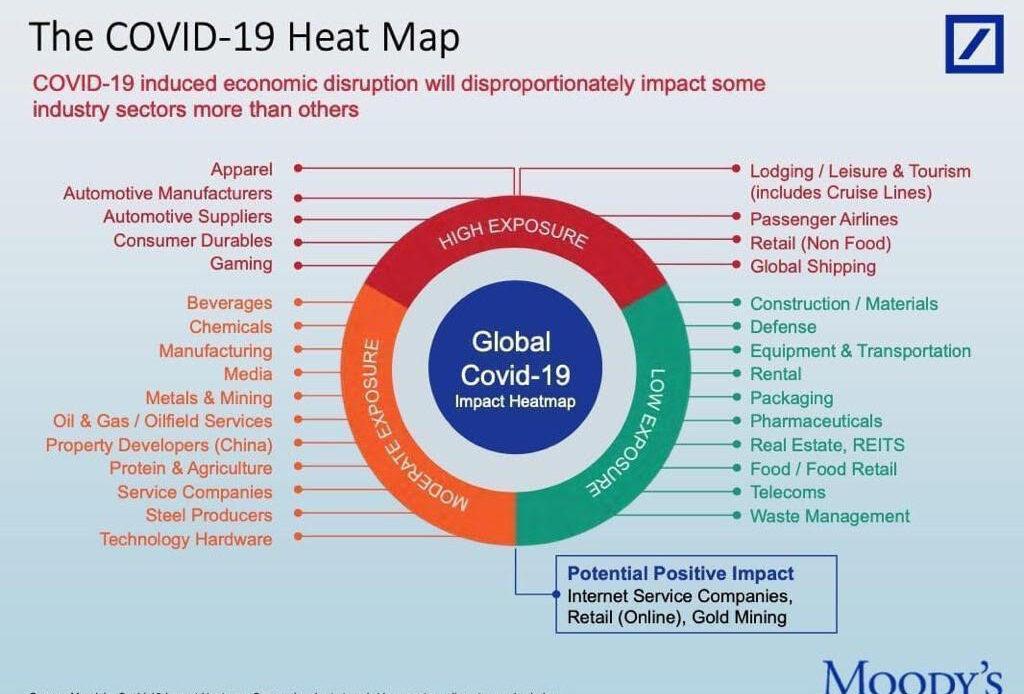
Technology has had a profound effect on the beauty industry. From virtual try-ons that let customers try makeup before buying it to artificial intelligence (AI) software that helps brands better comprehend their users, technology is revolutionizing this sector of beauty.
Beauty Tech is revolutionizing the shopping journey for consumers by providing helpful and engaging content, helping them discover products tailored to their individual needs. Furthermore, it assists beauty brands in increasing customer engagement and sales.
The future of beauty
Technology is revolutionizing the beauty industry, giving brands and retailers a new level of intimacy with their customers. As a result, augmented reality and virtual try-on apps are becoming increasingly popular in this space.
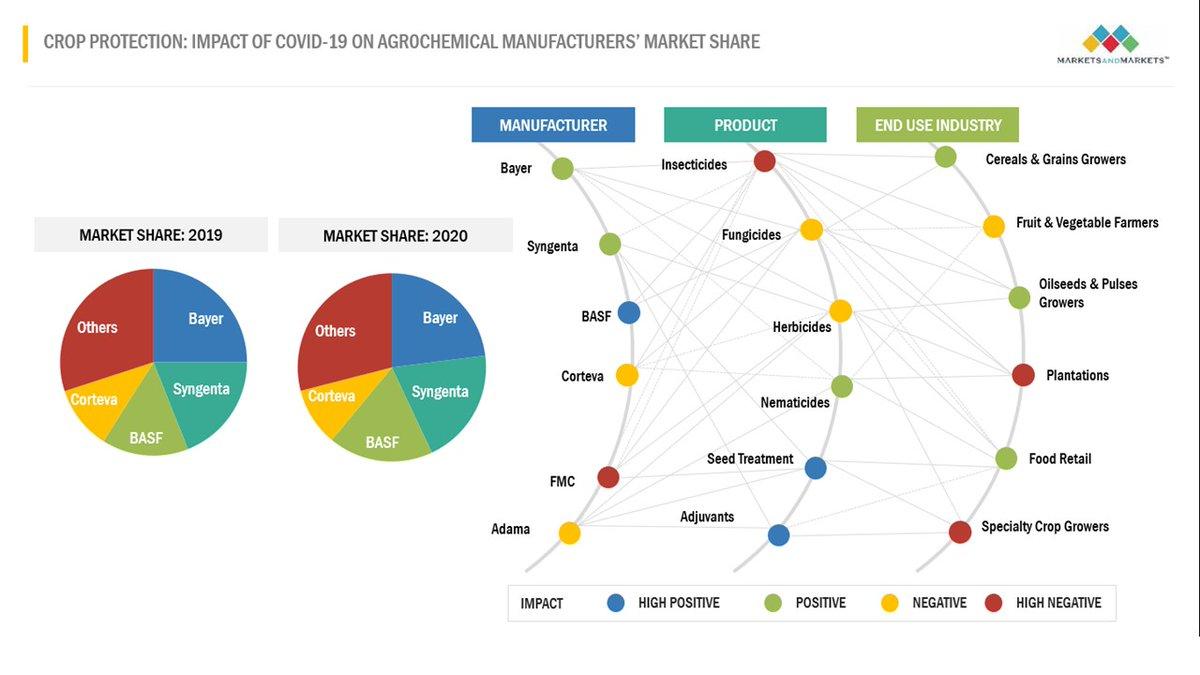
One major advantage of these tools is that they allow consumers to sample different products before making a final purchase. For instance, Sephora’s ModiFace app enables customers to virtually try lipstick shades on their own face before investing in the item.
Another key trend that will shape the industry’s future is an increase in demand for personalized products and services. Consumers are becoming more informed when it comes to beauty, so they are more likely to opt for items tailored specifically for them rather than generic alternatives.
Another key trend that will shape the industry in the coming years is sustainability and ethical ingredients. Consumers are increasingly gravitating toward products that use organic ingredients or less hazardous chemicals, while they’re becoming more aware of how those ingredients are grown and processed.
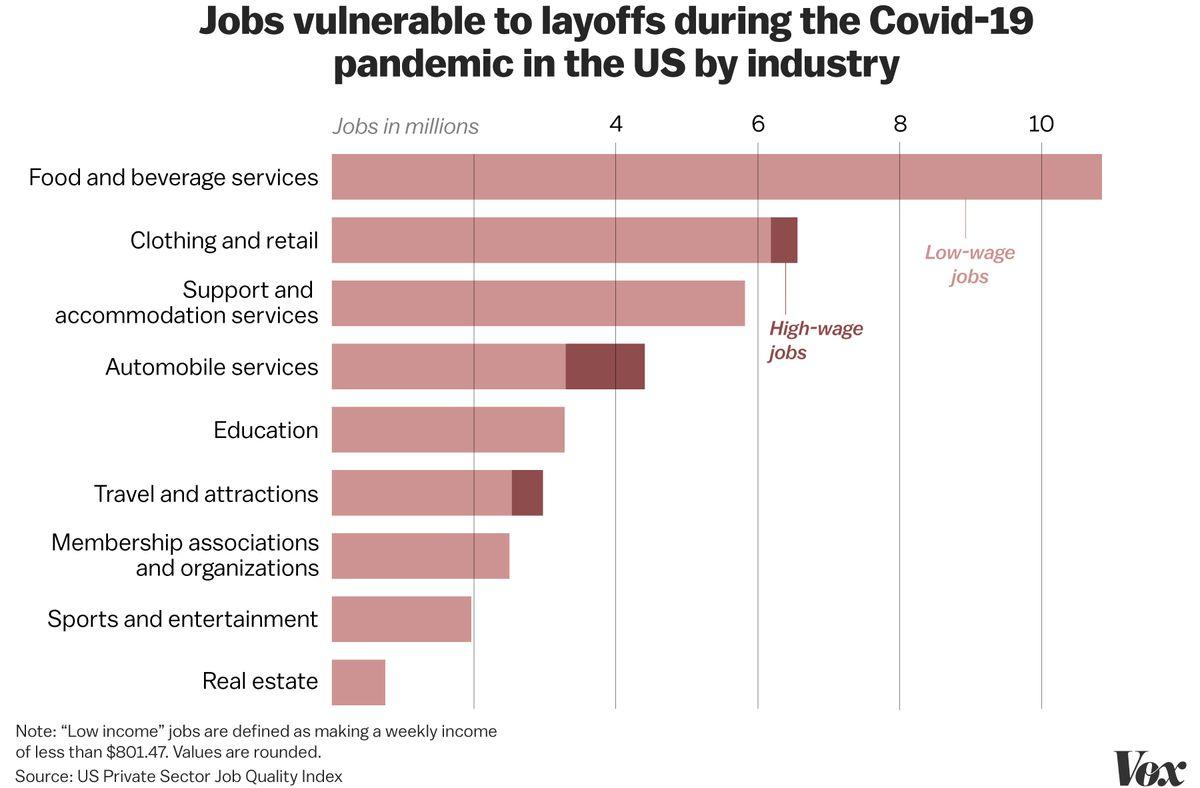
The impact of wearable technology
The beauty industry is increasingly adopting technology, particularly when it comes to their products. From virtual reality headsets to smart clothing, companies are exploring devices that connect to the internet and enable people to do more.
Wearable technology such as fitness trackers can help consumers stay active and monitor their heart rate and sleep patterns. They may even help identify diseases like diabetes or cancer early on.
Wearables have been around for years, but their popularity is growing exponentially. Companies are developing new technologies to enhance how they operate, such as energy harvesting – which allows wireless devices to convert body heat or solar energy into power without needing an active battery.
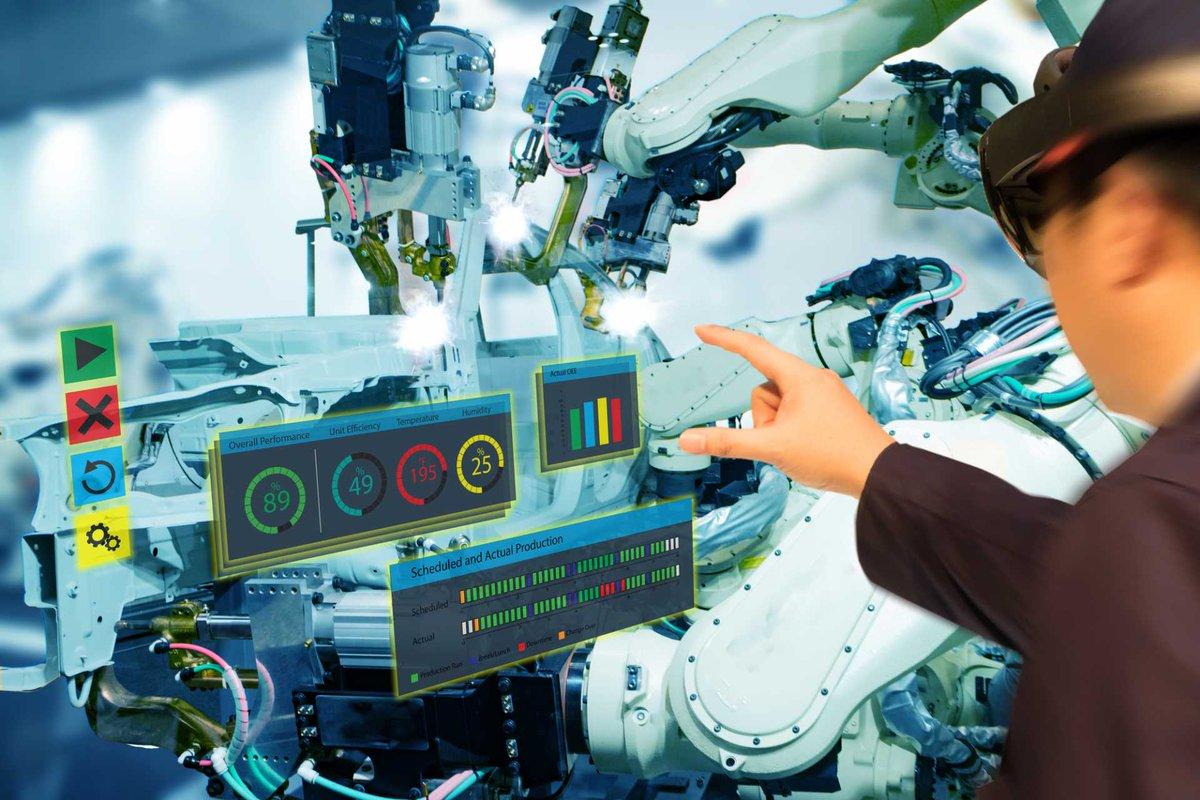
Wearable technology also assists consumers in tracking their environmental impact and recognizing pollution hotspots. This is especially advantageous for brands in the anti-pollution sector, as it shows how their products combat air quality issues and other aggressors.
The impact of 3D printers
3D printers use digital technology to fabricate solid, three-dimensional objects by layering material upon material. They have become a game changer in the beauty industry.
They can print out everything from skin-coloured eye shadows to makeup customized for your complexion and skin tone. Furthermore, they have the capacity to craft facial masks that fit your face perfectly.
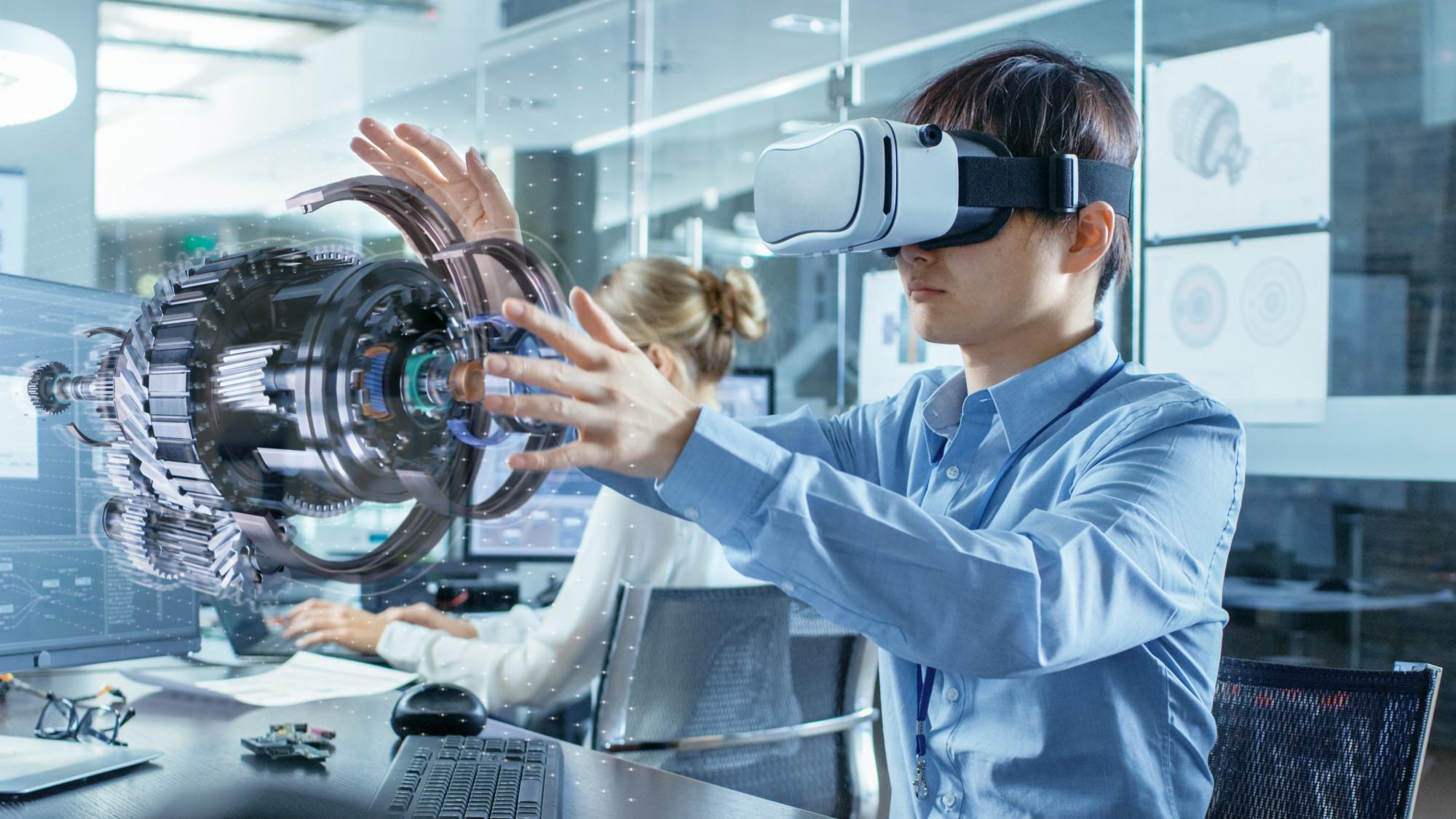
Cosmetic companies are utilizing this technology to enhance their packaging and product development. This not only makes for more appealing visuals, but it is also more sustainable.
Additionally, it enables manufacturers to design and test more product options before sending them off for production, which has drastically cut down on production costs and time to market. Furthermore, this helps reduce waste by preventing plastics that cannot be recycled.
The impact of social media
Social media is an integral component of any beauty brand’s marketing plan. It helps promote brands, connect with potential customers, and cultivate a devoted following.
Social media has enabled the beauty industry to flourish and has revolutionized how consumers shop for makeup and skincare items. Furthermore, it has enabled brands to go global by making global sales a reality.
However, it’s essential to remember that social media has both its advantages and drawbacks. While being beneficial for brands and their products, it may also be a source of negative influences such as cyberbullying, social anxiety, or depression.

